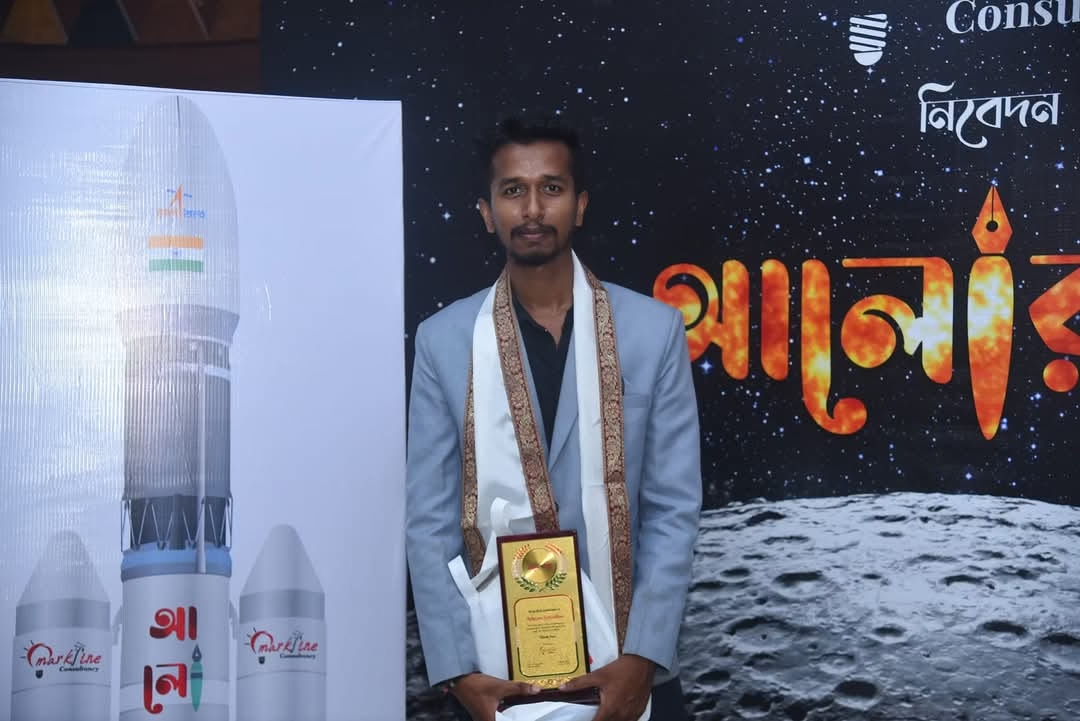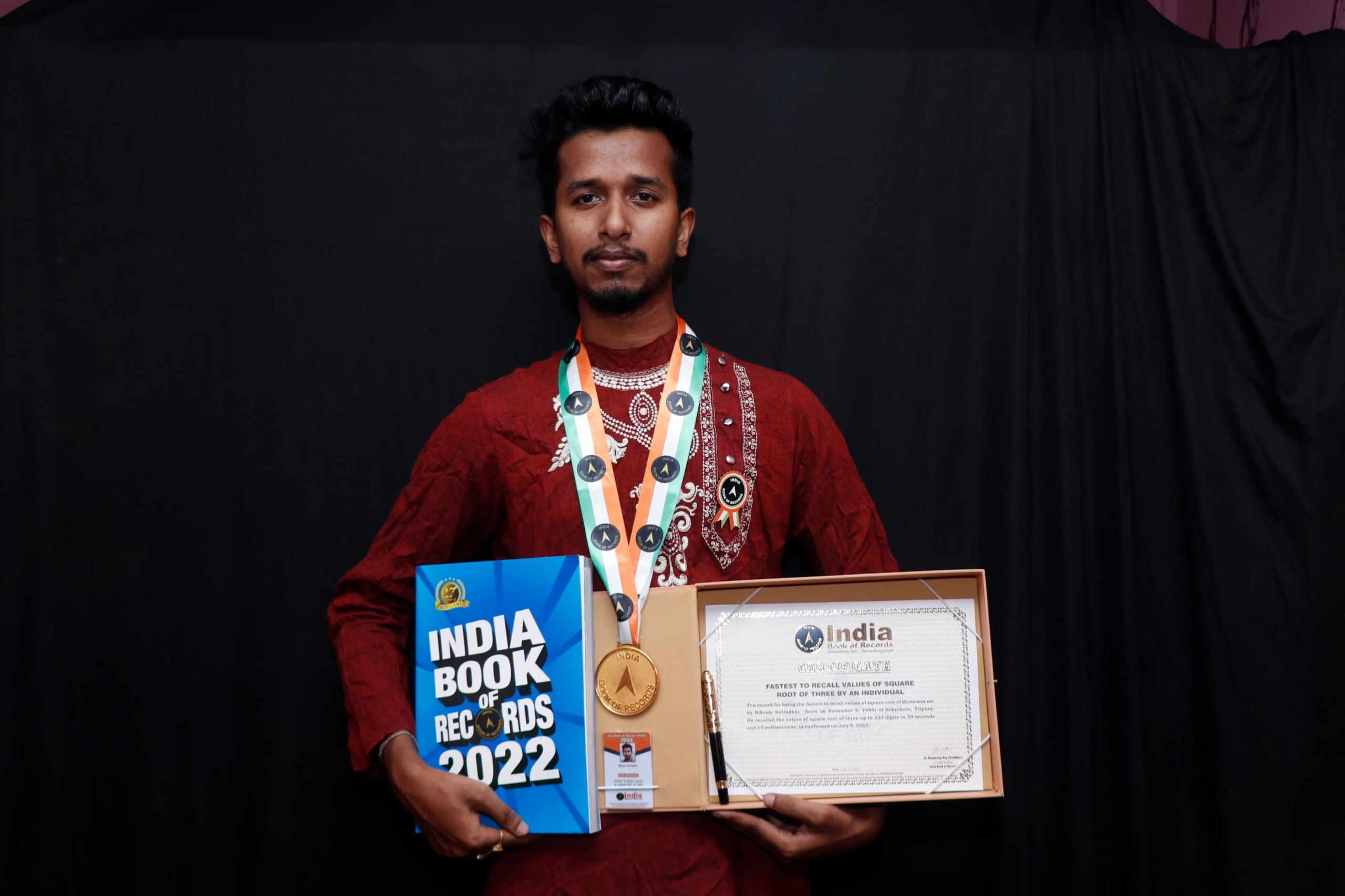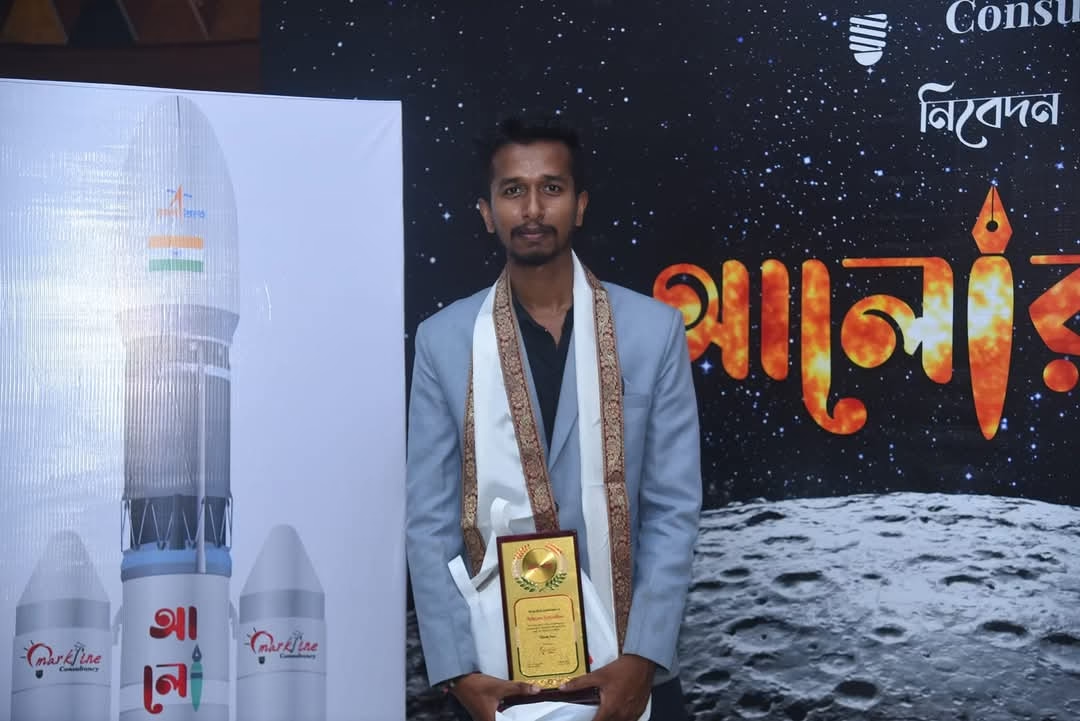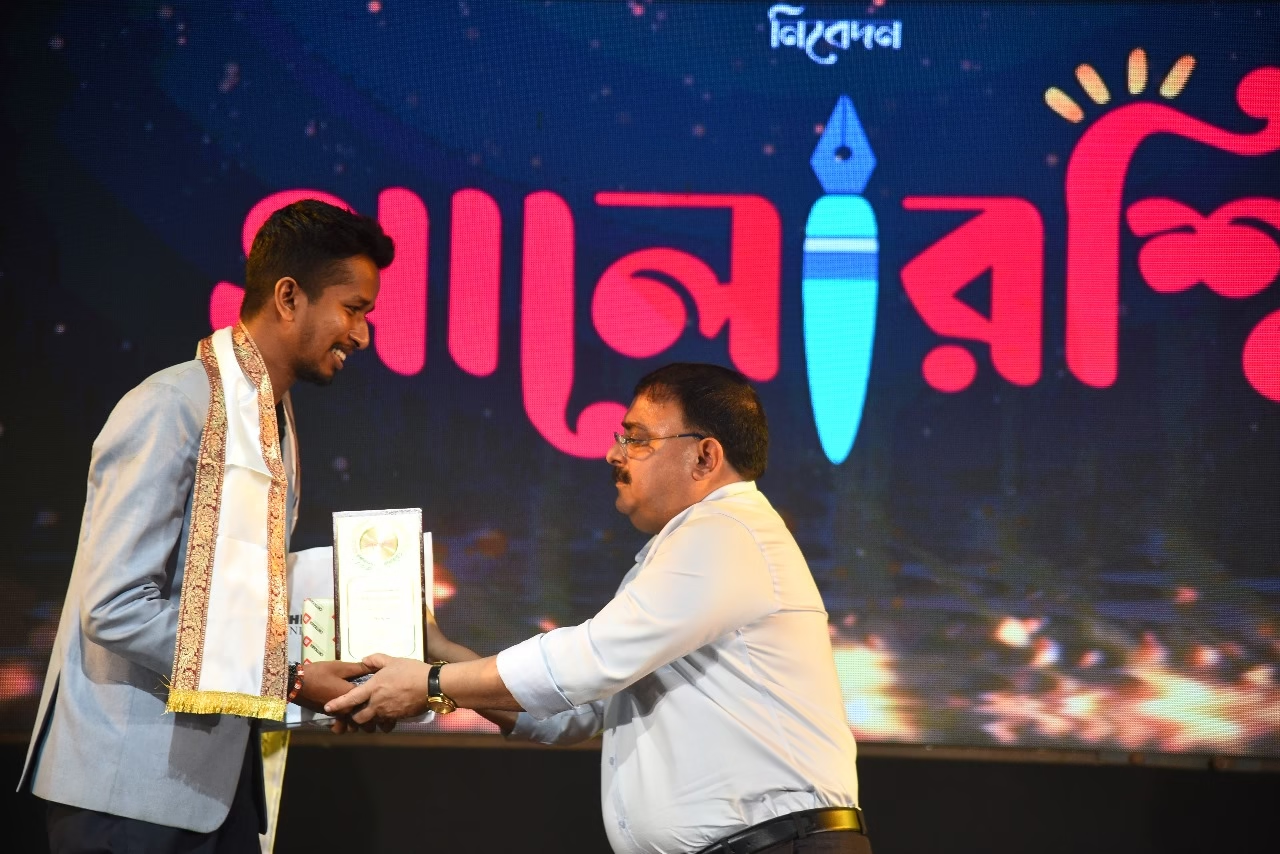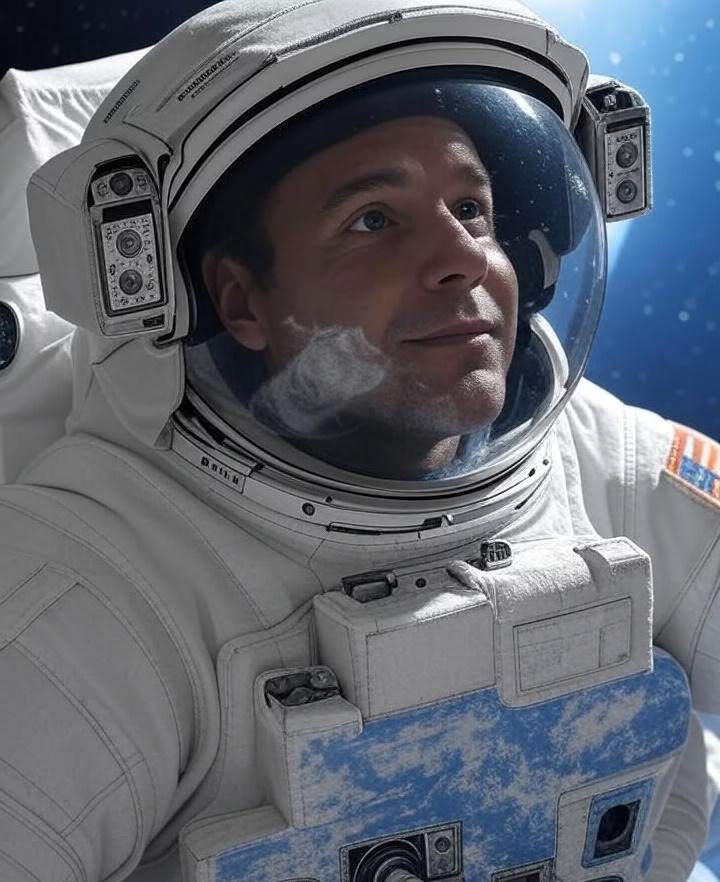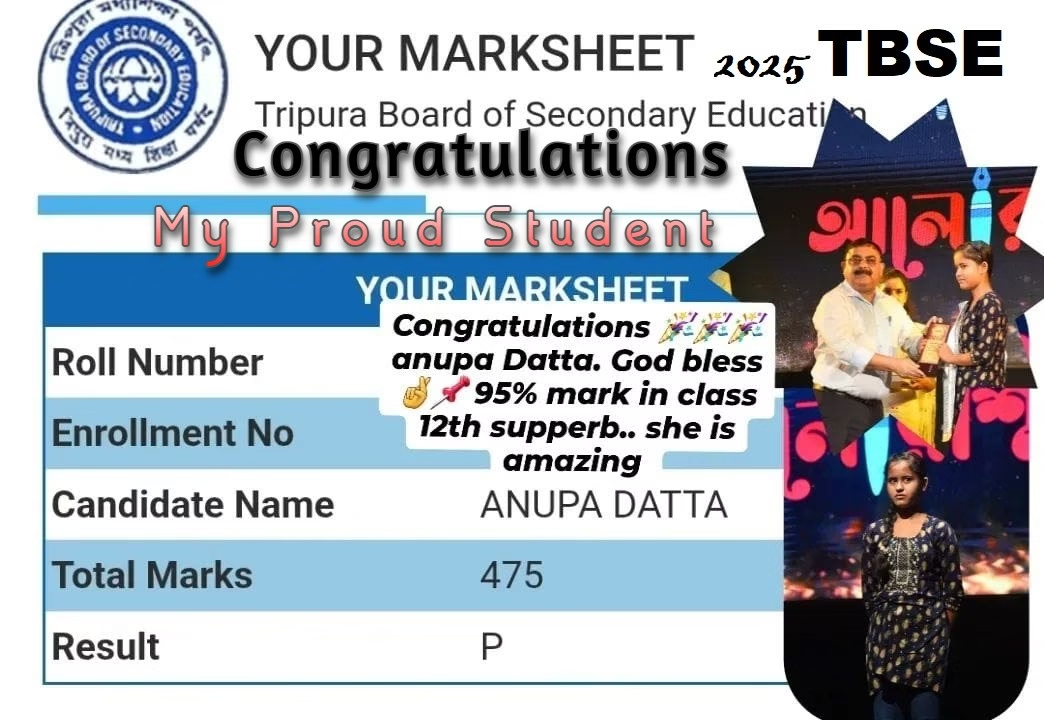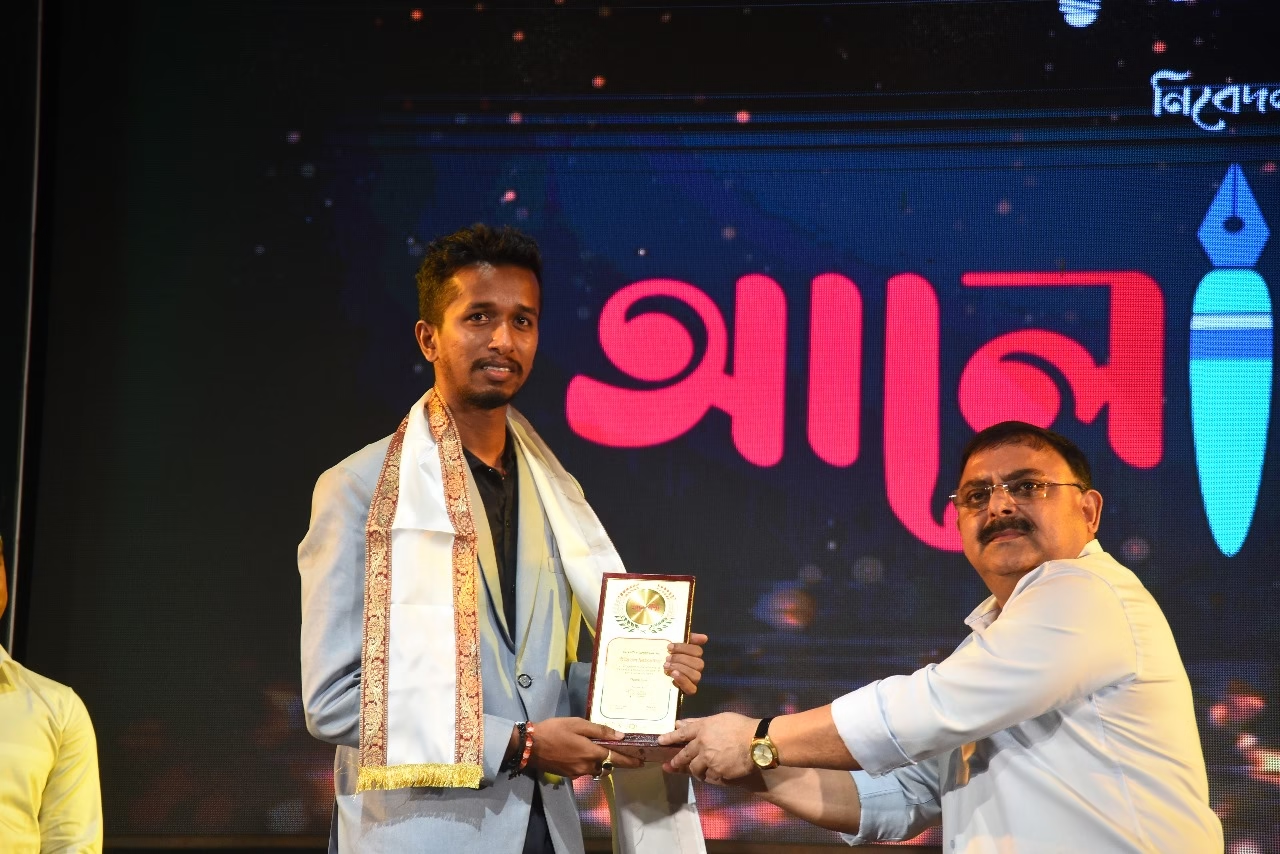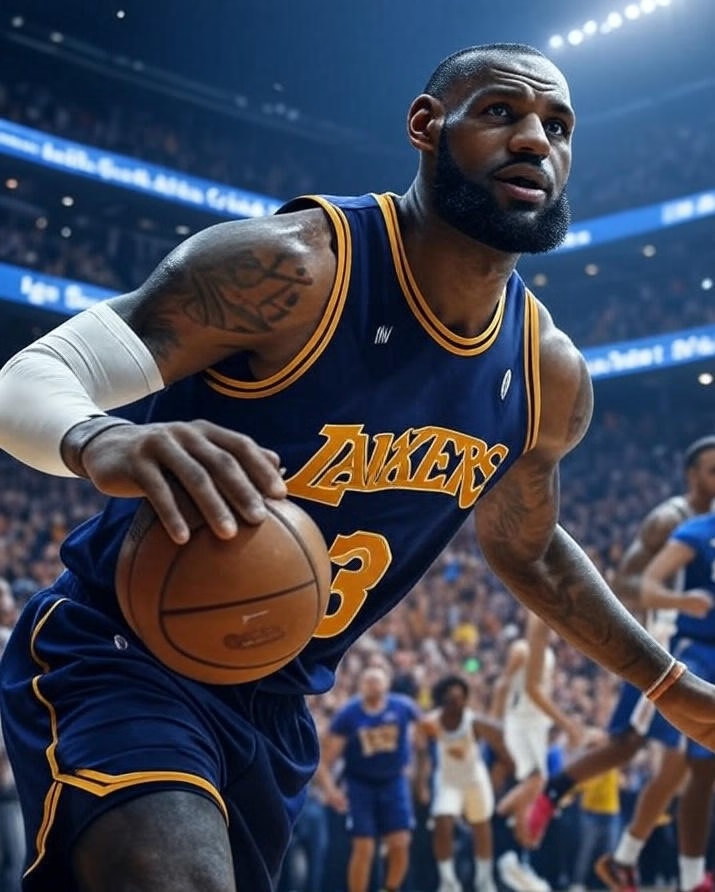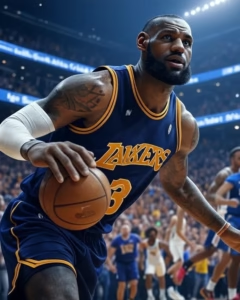🧪🌍 Cbse class 6 Science solutions Chapter 1: The Wonderful World of Science Hindi & English medium 📘 By Grandmaster Bikram Sutradhar
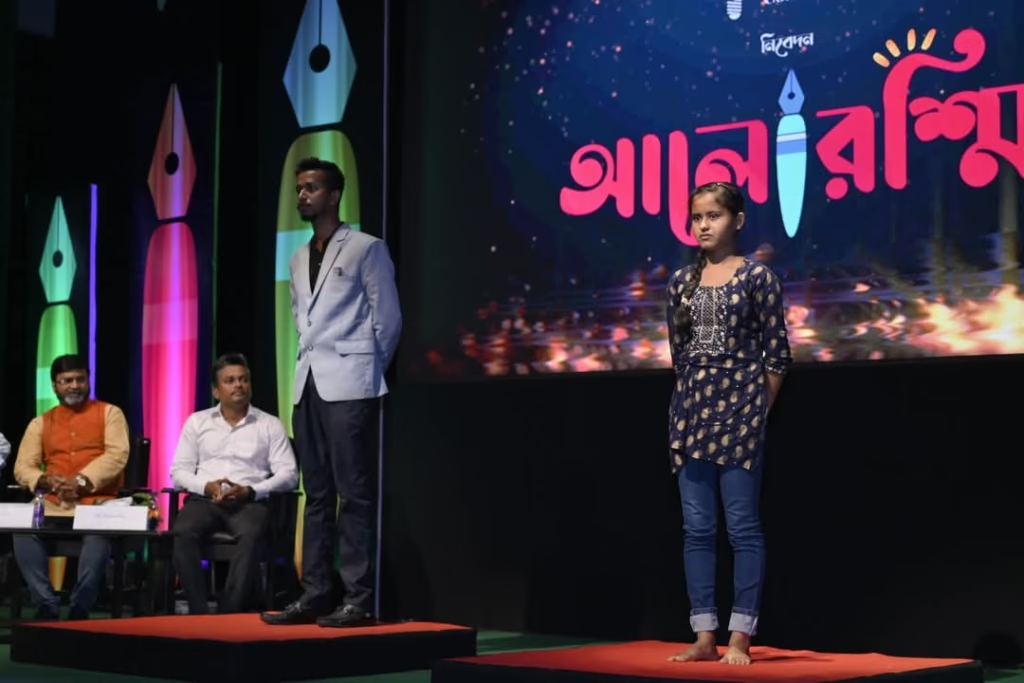
🧪🌍 Cbse class 6 Science solutions Chapter 1: The Wonderful World of Science Hindi & English medium 📘 By Grandmaster Bikram Sutradhar
Chapter 1: The Wonderful World of Science
5 Times World Record Holder
(BASTRONAUTWAY Initiative)
कक्षा 6 विज्ञान (Class 6 Science)
✨ What is Science? | विज्ञान क्या है?
English:
Science is the way of learning about the world around us by asking questions, observing things, experimenting, and reasoning. It helps us understand natural events like day and night, weather changes, or how things work—from cooking to flying jets!
Hindi:
विज्ञान वह तरीका है जिससे हम अपने चारों ओर की दुनिया को समझते हैं। इसमें हम प्रश्न पूछते हैं, चीजों को ध्यान से देखते हैं, प्रयोग करते हैं और तर्क लगाते हैं। यह दिन-रात, मौसम में बदलाव और चीजें कैसे काम करती हैं—इन सब को समझने में मदद करता है।

🔍 Scientific Method | वैज्ञानिक पद्धति
English:
The scientific method is a step-by-step process used by scientists to solve problems or discover new things.
Steps of Scientific Method:
- Problem – Identify the question or problem.
- Observation – Gather facts and information.
- Hypothesis – Give a logical guess (possible answer).
- Experiment – Test the hypothesis.
- Theory – If correct, the hypothesis becomes a theory.
- Application – Use the theory to solve real-life problems.
Hindi:
वैज्ञानिक पद्धति एक क्रमबद्ध प्रक्रिया है जिसका उपयोग वैज्ञानिक समस्याओं को हल करने या नई खोज करने में करते हैं।
वैज्ञानिक पद्धति के चरण:
- समस्या (Problem): पहले समस्या को पहचानें।
- अवलोकन (Observation): जानकारी इकट्ठा करें।
- परिकल्पना (Hypothesis): एक संभावित उत्तर (तर्कसंगत अनुमान) दें।
- प्रयोग (Experiment): परिकल्पना की जांच करें।
- सिद्धांत (Theory): अगर सही निकले, तो परिकल्पना सिद्धांत बन जाती है।
- अनुप्रयोग (Application): सिद्धांत का प्रयोग करके समस्याओं को हल करें।
🌞 Example: Understanding the Sun | उदाहरण: सूरज को समझना
English:
Long ago, people thought the Sun was a god. But scientists used observations and experiments to learn that the Sun is a star made of hydrogen. When hydrogen atoms join to form helium, energy is released. This process is called nuclear fusion. It became a theory and was later used to make hydrogen bombs and generate electricity.
Hindi:
बहुत पहले लोग सोचते थे कि सूर्य एक देवता है। लेकिन वैज्ञानिकों ने अवलोकन और प्रयोगों से यह जाना कि सूर्य एक तारा है जो हाइड्रोजन से बना है। जब हाइड्रोजन के परमाणु मिलकर हीलियम बनाते हैं, तो ऊर्जा निकलती है। इस प्रक्रिया को ‘न्यूक्लियर फ्यूजन’ कहते हैं। यह एक सिद्धांत बना और बाद में इसका उपयोग हाइड्रोजन बम और बिजली उत्पादन में किया गया।
🧠 Can You Think Like a Scientist? | क्या आप वैज्ञानिकों की तरह सोच सकते हैं?
English:
If you’re curious, ask questions, and try to solve problems, then yes—you’re already thinking like a scientist! Anyone with a logical and curious mind can use the scientific method in daily life.
Hindi:
अगर आप जिज्ञासु हैं, सवाल पूछते हैं और समस्याओं को हल करने की कोशिश करते हैं, तो आप वैज्ञानिकों की तरह सोचते हैं! कोई भी व्यक्ति जिसमें तर्क और जिज्ञासा हो, वह वैज्ञानिक पद्धति का प्रयोग कर सकता है।
🔦 Example: Fixing a Torch | उदाहरण: टॉर्च ठीक करना
English:
Your torch isn’t working. You ask: Why?
You gather information and guess possible reasons (hypotheses):
- No battery
- Battery is dead
- Bulb is fused
- Switch or wire is faulty
You test each one and solve the problem. That’s science in action!
Hindi:
आपकी टॉर्च काम नहीं कर रही है। आप पूछते हैं: क्यों?
आप जानकारी इकट्ठा करते हैं और संभावित कारण (परिकल्पनाएं) सोचते हैं:
- बैटरी नहीं है
- बैटरी खत्म हो गई है
- बल्ब फ्यूज हो गया है
- स्विच या तार में खराबी है
आप एक-एक करके जांच करते हैं और समस्या हल कर लेते हैं। यही है विज्ञान का उपयोग!
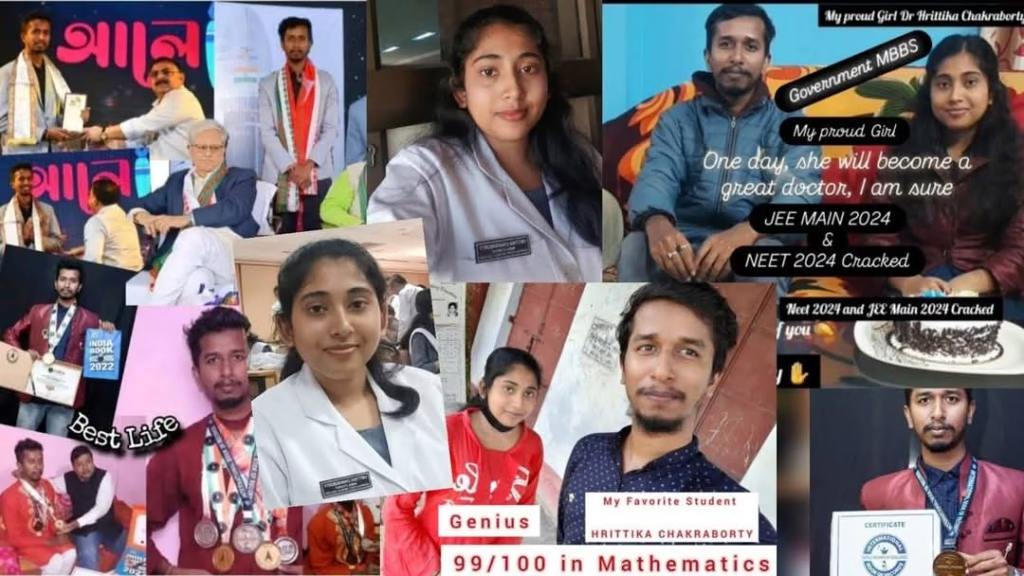
🧬 What is Technology? | तकनीक क्या है?
English:
Technology is the use of scientific discoveries to make tools or devices that help us.
Example: X-rays were discovered → then X-ray machines were made to see bones inside the body.
Hindi:
तकनीक (Technology) विज्ञान की खोजों का उपयोग करके ऐसे उपकरण या यंत्र बनाना है जो हमारे लिए उपयोगी हों।
उदाहरण: एक्स-रे की खोज हुई → फिर हड्डी देखने के लिए एक्स-रे मशीन बनाई गई।
💡 Science and Us | विज्ञान और हम
English:
Science has improved our lives in many ways:
- Health: Discovery of medicines and cures
- Communication: Internet, emails, satellites
- Transport: Fast trains, airplanes
- Energy: Solar, wind, tidal energy
Hindi:
- स्वास्थ्य: बीमारियों का इलाज और दवाइयां
- संचार: इंटरनेट, ईमेल, उपग्रह
- यातायात: तेज ट्रेनें, हवाई जहाज़
- ऊर्जा: सौर, पवन और ज्वारीय ऊर्जा
-
📘 Becoming an Astronaut in India (ISRO) – A Complete Guide After Class 12
📘 Becoming an Astronaut in India (ISRO) – A Complete Guide After Class 12 ✍️…
-
📘 Calculus: GATE Engineering Mathematics – Section 2
📘 Calculus: GATE Engineering Mathematics – Section 2 🧠 Prepared with Inspiration from GrandMaster Bikram…
-
✍️ Master English Grammar: Fun Tricks & Smart Hacks for Confident English! 📚✨
✍️ Master English Grammar: Fun Tricks & Smart Hacks for Confident English! 📚✨ 🔥 Presented…
-
Germany’s Warm Admiration for Indian & Asian Communities
🇩🇪✨ Germany’s Warm Admiration for Indian & Asian Communities A Heartfelt Celebration of Culture, Talent,…
-
📘 Master Vedic Math: Multiply Big Numbers Fast (3×3 & 4×4 Digit Trick)
📘 Master Vedic Math: Multiply Big Numbers Fast (3×3 & 4×4 Digit Trick) 👨🏫 By…
-
📘 Vedic Math: Multiplication & Division Shortcut Tricks
📘 Vedic Math: Multiplication & Division Shortcut Tricks 👨🏫 By Grandmaster Bikram Sutradhar🏆 5× World…
-
📘 VEDIC MATH: SQUARE & CUBE TRICKS (Full Guide for Competitive Exams)
📘 VEDIC MATH: SQUARE & CUBE TRICKS (Full Guide for Competitive Exams) 👨🏫 By Grandmaster…
-
📅Calendar Tricks & Shortcuts – Learn to Find Day, Date & More in Seconds!
📅 Calendar Tricks & Shortcuts – Learn to Find Day, Date & More in Seconds!…
-
🔥 Ultimate Guide to Computer & Laptop Shortcut Keys 🧠💻
🔥 Ultimate Guide to Computer & Laptop Shortcut Keys 🧠💻 🚀 Boost your speed 10X…
-
July 2025 Vedic Moon‑Sign Horoscope 🌙 | Saturn & Mercury Retrograde Insights
July 2025 Vedic Moon‑Sign Horoscope 🌙 | Saturn & Mercury Retrograde Insights 📝Prepare for July 2025 with…
-
Top 20 Shubh Tracks You MUST Watch on @SHUBHWORLDWIDE 🎧
Top 20 Shubh Tracks You MUST Watch on @SHUBHWORLDWIDE 🎧 📝 Top 20 Shubh Tracks…
-
🕊️ Remembering Diogo Jota: A Football Legend ⚽
🕊️ Remembering Diogo Jota: A Football Legend ⚽ The football world mourns the tragic loss…
-
Dr. Jahnnabi Choudhury Completes BDS Degree – A Proud Moment for a Teacher | SirBikramSutradhar | bAstronautWay | Grandmaster Bikram Sutradhar
Dr. Jahnnabi Choudhury Completes BDS Degree – A Proud Moment for a Teacher Dr. Jahnnabi…
-
🌟🎉 Anupa Datta Shines Again with 475 Marks in TBSE Class 12 Science 2025 – A True Inspiration! Tbse Board Result 2025 🎉🌟
📅 Published on: April 30, 2025📍 Agartala, Tripura In a world where challenges often dim…
-
🚀 bAstronautWay – Your Ultimate Learning Destination! 🎓✨
TBSE CBSE Undergraduate and Postgraduate Entrance Exams 📍 Our Locations: 📌 Amtali | 📌 Uttam…
-
🏆 Class 5 Mathematics Olympiad Practice Paper
🏆 Class 5 Mathematics Olympiad Practice Paper By GrandMaster Bikram Sutradhar | bAstronautWay | SirBikramSutradhar5…
-
Today’s Sports Highlights – August 22, 2025
Today’s Sports Highlights – August 22, 2025 By GrandMaster Bikram Sutradhar | bAstronautWay Sports fans…
-
📰 Today’s News Digest – August 18, 2025
📰 Today’s News Digest – August 18, 2025 By GrandMaster Bikram Sutradhar | bAstronautWay On…
⚠️ Ill Effects of Science | विज्ञान के दुष्प्रभाव
English:
Science has also caused:
- Pollution of natural resources
- Stress and tension due to fast life
- Weapons of mass destruction
Hindi:
विज्ञान ने कुछ दुष्प्रभाव भी डाले हैं:
- प्राकृतिक संसाधनों का प्रदूषण
- तेज जीवन के कारण तनाव और चिंता
- विनाशकारी हथियारों का निर्माण
🎭 Is Science Good or Bad? | विज्ञान अच्छा है या बुरा?
English:
Science is neither good nor bad. It is a tool. How we use it decides the result.
Hindi:
विज्ञान न तो अच्छा है और न ही बुरा। यह एक उपकरण है। इसका उपयोग कैसे किया जाए, यह हम पर निर्भर करता है।

🧠💬 THINK AND DISCUSS (विचार करें और चर्चा करें)
Reflective Thinking (चिंतन आधारित सोच):
🔹 What is the purpose of using the scientific method?
🔹 विज्ञान में वैज्ञानिक पद्धति का प्रयोग क्यों किया जाता है?
Creative Thinking (रचनात्मक सोच):
🔹 What if humans lived for 150 years?
🔹 अगर मनुष्य 150 साल तक जी सकें तो क्या होगा?
Critical Thinking (नैतिक सोच):
🔹 Is science always good?
🔹 क्या विज्ञान हमेशा अच्छा होता है?
📚 New Words | नए शब्द
| Word | Meaning (English) | अर्थ (Hindi) |
| Hypothesis | A possible answer to a problem | समस्या का संभावित समाधान |
| Technology | Using science to build useful tools | विज्ञान का उपयोग करके उपयोगी चीजें बनाना |
📘 This chapter helps students develop:
- Curiosity 🤔 (जिज्ञासा)
- Observation skills 👁️ (अवलोकन क्षमता)
- Logical thinking 🧠 (तार्किक सोच)
- Problem-solving ability 🔧 (समस्या सुलझाने की क्षमता)
✅ Prepared By: Grandmaster Bikram Sutradhar
5 Times World Record Holder | Best Teacher Award 2023
BASTRONAUTWAY Initiative 🌟

Written By
Full Stack Developer and 5-Time World Record Holder, Grandmaster Bikram Sutradhar
bAstronautWay
SirBikramSutradhar on YouTube
More Story click the link
ICSE CLASS 10 ICSE CLASS 10 BIOLOGY BASTRONAUTWAY SirBikramSutradhar Bikram Sutradhar GrandMaster Bikram Sutradhar selina biology solutions ICSE Biology Selina Solution
📚 Class 9 Science – Complete Table of Contents (विषय-सूची)
CBSE | NCERT Curriculum | Bilingual (English + Hindi)
By Grandmaster Bikram Sutradhar | SirBikramSutradhar | BASTRONAUTWAY
🔬 PHYSICS (भौतिक विज्ञान)
| 🔢 | Chapter Title (English) | अध्याय का नाम (हिंदी) | Page No. |
| 1️⃣ | Motion | गति | |
| 2️⃣ | Force and Laws of Motion | बल तथा गति के नियम | |
| 3️⃣ | Gravitation | गुरुत्वाकर्षण | |
| 4️⃣ | Work and Energy | कार्य तथा ऊर्जा | |
| 5️⃣ | Sound | ध्वनि |
🧪 CHEMISTRY (रसायन विज्ञान)
| 🔢 | Chapter Title (English) | अध्याय का नाम (हिंदी) | Page No. |
| 1️⃣ | Matter in Our Surroundings | हमारे आस-पास के पदार्थ | |
| 2️⃣ | Is Matter Around Us Pure? | क्या हमारे आस-पास के पदार्थ शुद्ध हैं? | |
| 3️⃣ | Atoms and Molecules | परमाणु एवं अणु | |
| 4️⃣ | Structure of the Atom | परमाणु की संरचना |
🧬 BIOLOGY (जीव विज्ञान)
| 🔢 | Chapter Title (English) | अध्याय का नाम (हिंदी) | Page No. |
| 1️⃣ | The Fundamental Unit of Life | जीवन की मौलिक इकाई | |
| 2️⃣ | Tissues | ऊतक | |
| 3️⃣ | Improvement in Food Resources | धनों में सुधार |
📘 ADDITIONAL SECTIONS (अतिरिक्त अनुभाग)
| 📖 Section | Title (English + Hindi) |
| 🔹 | Glossary / पारिभाषिक शब्दावली |
| 🔹 | Answer Keys / उत्तरमाला |
| 🔹 | Summary / सारांश |
| 🔹 | Important Diagrams / महत्वपूर्ण चित्र |
| 🔹 | NCERT Exercises / एनसीईआरटी अभ्यास |
| 🔹 | Sample Papers & MCQs / मॉडल पेपर व वस्तुनिष्ठ प्रश्न |
✅ All content follows the official NCERT Class 9 Science textbook structure. Each chapter will include explanations, bilingual notes, definitions, diagrams, MCQs, FAQs, and practice exercises under the BASTRONAUTWAY learning system.
class 10 Maths ncert solution.
CBSE Class 10 Mathematics (2025) NCERT Syllabus:
CBSE Class 10 Mathematics NCERT Syllabus (2025) – Chapter-Wise List
CBSE Class 10 Mathematics NCERT Syllabus (2025) – Chapter-Wise List
chapter 4. Quadratic Equations
chapter 5. Arithmetic Progressions
chapter 6. Triangles
chapter 7. Coordinate Geometry
chapter 8. Introduction to Trigonometry
chapter 9. Some Applications of Trigonometry
chapter 11. Areas Related to Circles
chapter 12. Surface Areas and Volumes
CBSE Class 10 Science (2025) NCERT Syllabus:
CBSE Class 10 Science NCERT Syllabus (2025) – Chapter-Wise List
CBSE Class 10 Science NCERT Syllabus (2025) – Chapter-Wise List
Chapter 1 Chemical Reactions and Equations
Chapter 2 Acids, Bases and Salts
Chapter 3 Metals and Non-metals
Chapter 4 Carbon and its Compounds
Chapter 5 Life Processes
Chapter 6 Control and Coordination
Chapter 7 How do Organisms Reproduce?
Chapter 8 Heredity
Chapter 9 Light – Reflection and Refraction
Chapter 10 The Human Eye and the Colourful World
Chapter 11 Electricity
Chapter 12 Magnetic Effects of Electric Current
Chapter 13 Our Environment
📖 Chapter 12 – Organic Chemistry (Selina Textbook)
Table of Contents:
- 12A. Organic Compounds
- 12B. Hydrocarbons: Alkanes
- 12C. Hydrocarbons: Alkenes
- 12D. Hydrocarbons: Alkynes
- 12E. Alcohols
- 12F. Carboxylic Acids
- Exercise 12 MISCELLANEOUS
- Glossary
- Model Question Paper –
📌 Exercise 12 MISCELLANEOUS – Focus Areas:
🧬 Consolidated practice from the entire Organic Chemistry chapter
🧪 Application-based questions covering alkanes, alkenes, alkynes, alcohols, and carboxylic acids
🧾 Writing structural formulas and chemical equations
💡 Distinguishing reactions, isomer identification, and conversions
📘 Full-syllabus revision to boost conceptual clarity and board exam readiness
Each question in this section is designed to:
✅ Strengthen cross-topic understanding
📝 Prepare students for application-based and reasoning-based questions
🧠 Improve problem-solving speed and exam performance


